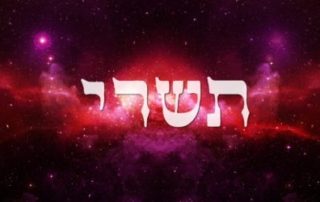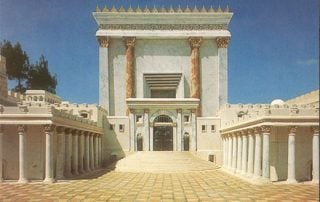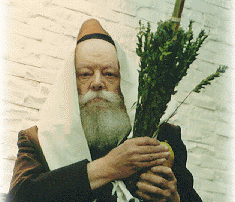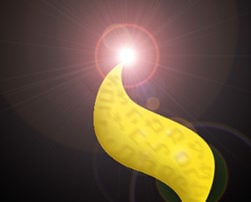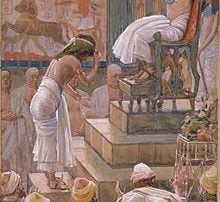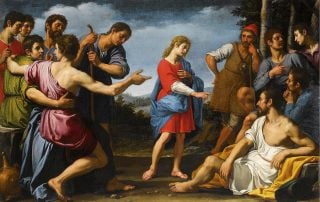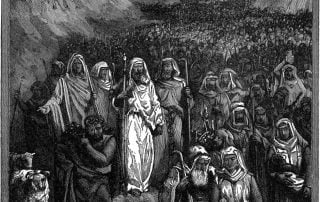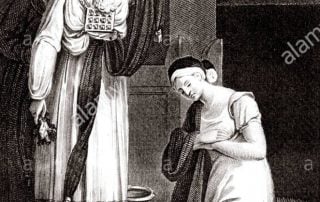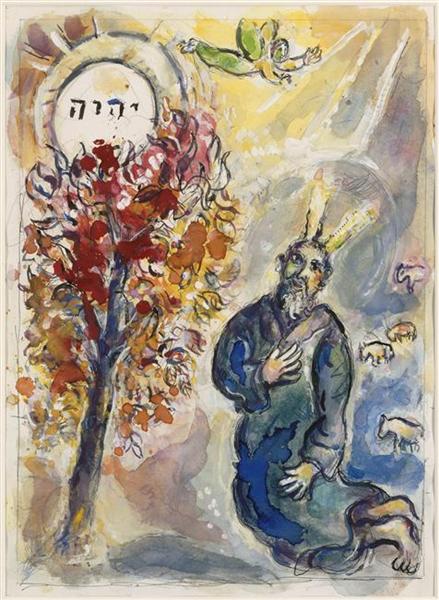Names of G‑d, Shemot, Shemos
Tishrei — Past, Present, and Future
The months of Tishrei is full of holidays, and they all share a common theme—the unification of time—past, present, and future. Picart, Blowing of the Shofars on Rosh Hashanah It all starts with Rosh HaShanah. Traditionally translated as the New Year, it literally means the Head of the Year. The word shanah has the same letters as the word shinui — “change.” As Aristotle famously wrote, time is change. The sages of Kabbalah agree—time, in its essence, is change. Thus, Rosh HaShanah can be translated as the Head of Time, or the Beginning of Time (since a related Hebrew word, reshit means the “beginning”). Indeed, it is all about time. Rosh HaShanah has three main themes—Ziḥronot (remembrances), Shofrot (Sounds of the Shofar), and Malkhiot or Kabalat Ol Malkhut Shamayim (acceptance of [...]

